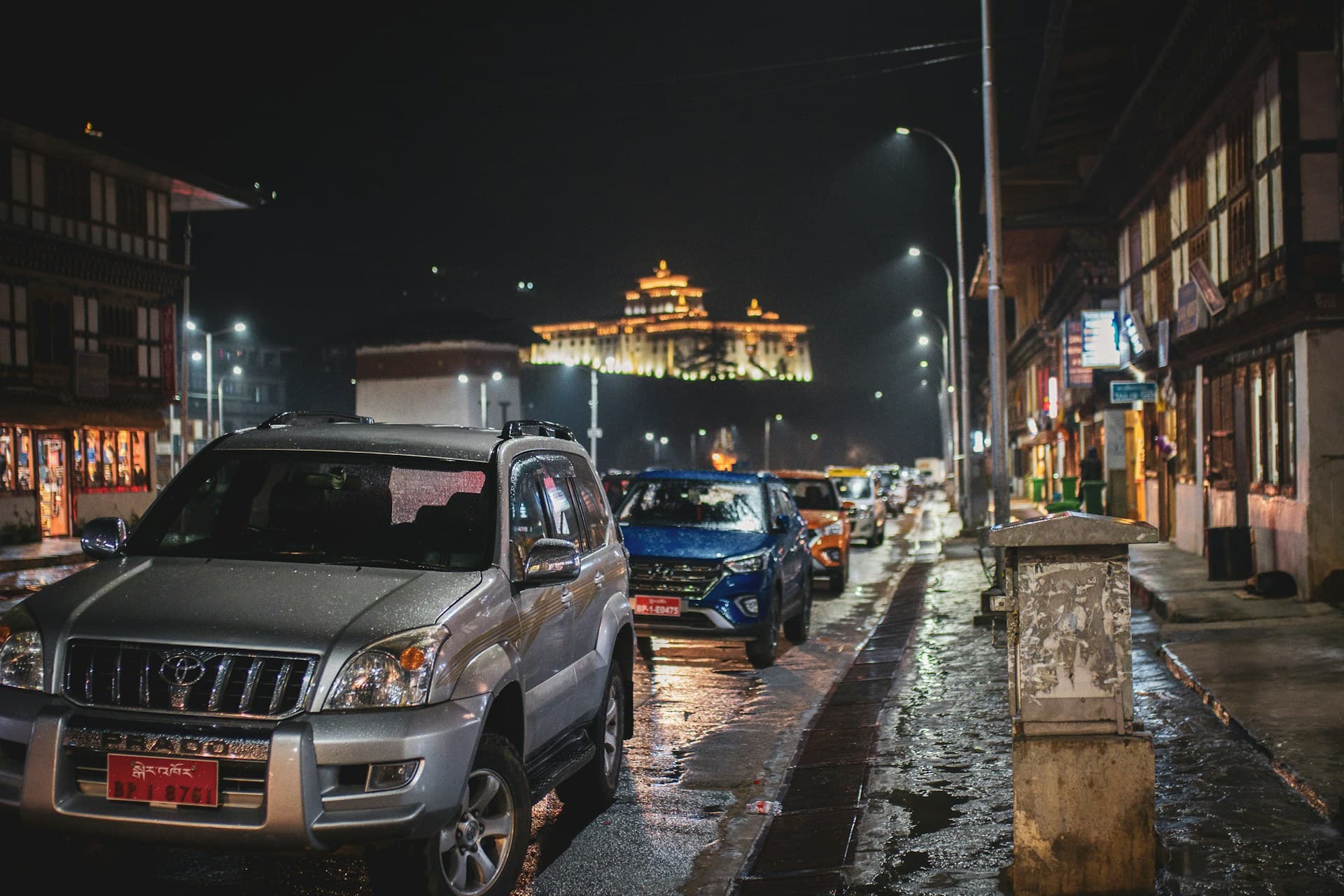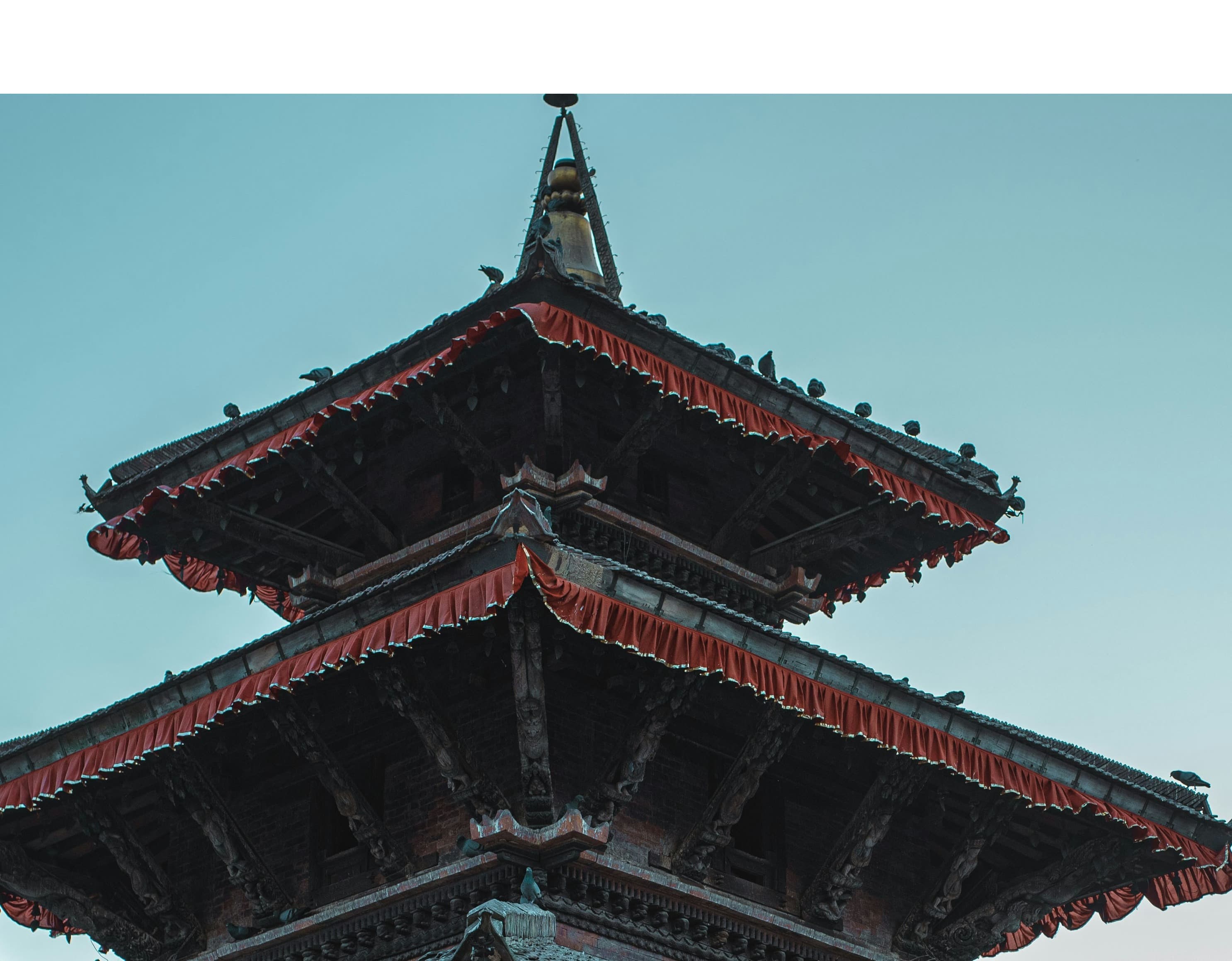Bhutan Travel and Tourism Overview
Bhutan Tours: Discover the Land of the Thunder Dragon
Bhutan tours offer a unique and immersive experience in one of the world’s most isolated and culturally rich countries. Known as the Land of the Thunder Dragon, Bhutan is a mystical kingdom nestled in the Himalayas, renowned for its stunning natural landscapes, well-preserved traditions, and focus on Gross National Happiness.
1. Cultural Tours
A cultural tour of Bhutan provides a deep dive into the country’s ancient traditions, spiritual practices, and architecture. Visitors can explore dzongs (fortresses), lhakhangs (temples), and monasteries. Highlights include:
- Tiger’s Nest Monastery (Paro Taktsang): Bhutan’s most iconic site, perched on a cliff.
- Punakha Dzong: Known for its architectural beauty and historical significance.
- Thimphu: The capital city, offering a mix of tradition and modernity with attractions like the Buddha Dordenma, Tashichho Dzong, and cultural museums.
2. Adventure and Trekking Tours
Bhutan’s rugged terrain and untouched wilderness make it a haven for adventure lovers. From short hikes to challenging expeditions, trekking tours in Bhutan offer spectacular views of the Himalayas and encounters with remote villages. Popular treks include:
- Druk Path Trek: A scenic and moderate trek that connects Paro and Thimphu.
- Jomolhari Trek: A challenging route offering breathtaking views of Mount Jomolhari.
3. Festival Tours
Bhutan is famous for its vibrant tshechu festivals, where locals gather for days of religious masked dances, traditional music, and community celebrations. The most famous are the Paro Tshechu and the Thimphu Tshechu, both offering an authentic glimpse into Bhutanese culture.
4. Wildlife and Nature Tours
Bhutan’s rich biodiversity can be explored in areas like Phobjikha Valley, home to the rare Black-necked Cranes, and Bumthang, with its pristine forests and sacred sites.
1. History of Tourism in Bhutan
Bhutan opened its doors to international tourists in 1974, aiming to promote cultural heritage and unique traditions while preserving its natural environment. The country follows a "High Value, Low Impact" tourism policy, ensuring limited but high-quality tourist experiences. The government encourages responsible tourism through a Sustainable Development Fee (SDF) for every visitor, preserving the country’s authenticity.
2. Main Attractions and Places to Visit in Bhutan
-
Thimphu (Capital City): A blend of modernity and tradition, Thimphu offers unique attractions such as the Buddha Dordenma statue, Tashichho Dzong (the seat of the government), and the National Memorial Chorten. The weekend market and cultural museums add to its allure.
-
Paro Valley: Home to the iconic Tiger’s Nest Monastery (Paro Taktsang), perched on a cliff, and the Rinpung Dzong, Paro Valley offers scenic beauty, rich history, and spiritual significance. The valley is also home to Bhutan's only international airport.
-
Punakha Dzong: Known for its striking architecture, Punakha Dzong is located at the confluence of the Mo and Pho rivers. It once served as the capital of Bhutan and remains one of the most beautiful dzongs in the country.
-
Bumthang Valley: Often referred to as the "spiritual heartland" of Bhutan, Bumthang is filled with sacred monasteries and temples such as Jambay Lhakhang and Kurjey Lhakhang. Its untouched beauty and traditional villages make it a must-visit destination.
-
Phobjikha Valley: Known for its wildlife, particularly the rare Black-necked Cranes that migrate here in winter, Phobjikha Valley offers serene landscapes and a chance to experience Bhutan’s rural lifestyle.
-
Haa Valley: A hidden gem, Haa Valley is one of Bhutan's least-visited areas, offering pristine nature, traditional villages, and rich culture.
-
Trongsa Dzong: Bhutan's largest dzong, Trongsa holds historical importance as the seat of power for Bhutan's monarchs.
3. Cultural Highlights
-
Festivals (Tshechus): Bhutan is famous for its vibrant and colorful festivals held at various monasteries, particularly during autumn and spring. The Paro Tshechu and Thimphu Tshechu are the most popular, featuring masked dances and traditional music.
-
Textiles and Handicrafts: Bhutanese textiles are world-renowned for their intricate designs and handwoven techniques. Visitors can explore weaving villages and buy local crafts such as hand-carved wooden items and traditional paintings (thangkas).
4. Adventure Tourism
-
Trekking: Bhutan offers several trekking routes, from moderate hikes to more challenging expeditions. The Druk Path Trek, Jomolhari Trek, and Snowman Trek are famous for their breathtaking mountain views and encounters with remote villages.
-
Rafting and Kayaking: The rivers in Punakha and Paro provide excellent spots for adventure water sports like rafting and kayaking. The river currents range from mild to challenging, making it suitable for all experience levels.
Why Paro is Famous in Bhutan:
Paro is one of Bhutan's most culturally rich cities, known for its breathtaking landscapes, ancient monasteries, and historical landmarks. A Paro city tour offers a deep dive into Bhutan’s spiritual and natural beauty, making it a must-visit destination for travelers.
One of the highlights of any Paro city tour is a visit to the Tiger’s Nest Monastery (Paro Taktsang), perched dramatically on a cliff. This iconic site is Bhutan’s most sacred monastery and a key attraction for visitors looking to experience the spiritual side of Bhutan. The hike to Tiger’s Nest offers stunning views of the Paro Valley, making it one of the best hiking and trekking experiences in Bhutan.
Another popular stop is the Rinpung Dzong, a majestic fortress that houses government offices and religious monks. Visitors can explore its intricate architecture and attend the annual Paro Tshechu festival, a colorful event featuring traditional Bhutanese masked dances.
For those interested in history, the Drukgyel Dzong ruins offer insights into Bhutan’s past military triumphs, while the ancient Kyichu Lhakhang temple, dating back to the 7th century, stands as a spiritual beacon for pilgrims.
Beyond its historical and cultural significance, Paro is known for its stunning natural beauty. The Paro Valley is a paradise for nature lovers, with lush green fields, traditional farmhouses, and panoramic mountain views. Many tours also include visits to local villages, providing an authentic Bhutanese cultural experience.
A Paro city tour is ideal for travelers seeking a blend of adventure, culture, and natural beauty. Whether you're hiking to monasteries or exploring ancient dzongs, Paro promises an unforgettable journey into Bhutan’s rich heritage.
-
Paro Taktsang (Tiger's Nest Monastery):
- Paro Taktsang, or the Tiger's Nest Monastery, is Bhutan's most iconic landmark and a sacred Buddhist site. Perched on a cliff about 900 meters above the Paro Valley, it is believed to be the meditation site of Guru Rinpoche, who brought Buddhism to Bhutan in the 8th century. The monastery’s location and spiritual significance make it one of the top destinations in Bhutan.
-
Paro International Airport:
- Paro is home to Bhutan's only international airport, Paro Airport, making it the primary entry point for international travelers. Surrounded by mountains and considered one of the most challenging airports for pilots, it adds a unique thrill to landing in Bhutan.
-
Rinpung Dzong:
- The Rinpung Dzong is a beautiful fortress and monastery that houses monks and government offices. This massive structure is also the venue for the annual Paro Tshechu, a vibrant religious festival with masked dances and traditional performances.
-
Kyichu Lhakhang:
- One of the oldest and most revered temples in Bhutan, Kyichu Lhakhang, dates back to the 7th century. It is considered a key spiritual landmark, visited by many pilgrims and tourists alike.
-
Drukgyel Dzong:
- The ruins of Drukgyel Dzong, a fortress that once defended Bhutan from Tibetan invasions, offer a glimpse into Bhutan’s historic battles. Although partially destroyed by fire in 1951, it remains a significant site for its historical and cultural value.
-
Scenic Beauty and Nature:
- The Paro Valley is renowned for its lush green fields, traditional Bhutanese farmhouses, and stunning mountain vistas. It provides a peaceful and scenic setting for tourists interested in trekking, nature walks, and photography.
Additional Information about Paro city:
Paro, located in western Bhutan, is not just the cultural and spiritual hub of Bhutan but also a scenic valley surrounded by stunning mountains and dotted with historical landmarks. Here’s a deeper look into what makes Paro one of Bhutan’s most significant destinations:
1. Geography and Location
- Elevation: Paro is situated at an elevation of 2,200 meters (7,200 feet), offering a mild climate year-round with cool summers and cold winters.
- Accessibility: Paro is home to Bhutan's only international airport, making it the entry point for almost all international travelers to Bhutan. The airport is surrounded by towering mountains, making it one of the most scenic and challenging airports in the world.
2. Historical Significance
- Ancient Settlements: Paro Valley has been inhabited for centuries, with a history dating back to the 8th century. It was a key region for the spread of Buddhism in Bhutan, with numerous temples and monasteries built over the years.
- Historical Sites: The Drukgyel Dzong was built in the 17th century to commemorate Bhutan's victory over invading Tibetan forces. Though partially destroyed by fire, it stands as a reminder of Bhutan's military history and spiritual resilience.
3. Cultural Importance
- Religious Center: Paro is considered one of Bhutan’s most sacred regions. Monasteries such as Kyichu Lhakhang, one of the oldest in Bhutan, and Paro Taktsang, a revered pilgrimage site, make it a spiritual epicenter.
- Festivals: The Paro Tshechu is one of the most significant religious festivals in Bhutan, drawing both locals and tourists. The five-day festival celebrates Bhutanese culture with masked dances, religious rituals, and blessings.
4. Natural Beauty
- Paro Valley: The valley is known for its lush landscapes, terraced rice fields, and clear rivers. It's ideal for nature lovers and offers scenic trails for walking, birdwatching, and photography.
5. Local Lifestyle and Villages
- Traditional Architecture: The houses in Paro follow the traditional Bhutanese architectural style with intricately carved wooden windows and vibrant facades.
- Farming: Agriculture is a way of life for many in Paro. Visitors can experience rural Bhutan by exploring the traditional farmhouses and witnessing farming activities like rice cultivation.
Paro serves as the perfect gateway to exploring Bhutan's history, culture, and nature, offering a serene yet enriching experience for every traveler.



